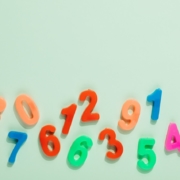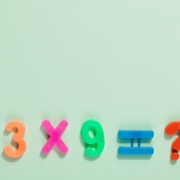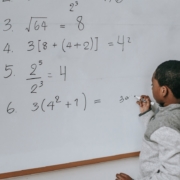Comparing Numbers for First Graders Lesson Plan for Teachers
Lesson Title:Comparing Numbers for First Graders
Lesson Objective: Students will understand the concept of comparing numbers and be able to use the symbols “>” (greater than), “<” (less than), and “=” (equal to) to compare numbers.
Materials:
Introduction (5 minutes):
1. Begin the lesson by reviewing the concept of counting numbers.2. Ask the students to count different groups of objects, such as counters or base-10 blocks.
3. Introduce the concept of comparing numbers and the symbols “>” (greater than), “<” (less than), and “=” (equal to).
4. Write the comparing statement 3 > 2 on the chart paper and have the students explain what it means.
Direct Instruction (15 minutes):
1. Pass out the number cards (1-10) to each student.2. Have the students work with partners and use the number cards to create comparing statements.
3. Call on a few students to share their comparing statements and have the class solve them together.
4. Write the comparing statements on the chart paper and have the students help solve them.
5. Review the meaning of the symbols “>” (greater than), “<” (less than), and “=” (equal to) and have the students practice writing them.
Guided Practice (20 minutes):
1. Pass out the comparing worksheets to each student.2. Have the students work with their partners to complete the comparing problems on the worksheets using the symbols “>” (greater than), “<” (less than), and “=” (equal to).
3. Circulate around the room to assist and check for understanding.
4. Encourage the students to use manipulatives, such as base-10 blocks, to help them visualize the problem.
Independent Practice (10 minutes):
1. Have the students complete a few more problems on their own using the symbols “>” (greater than), “<” (less than), and “=” (equal to) and manipulatives.2. Provide extra support and assistance as needed.
Closure (5 minutes):
1. Review the key concepts of comparing numbers with the students.2. Have a few students share their solutions to a comparing problem.
3. Remind the students that comparing numbers is an important math skill and will be used in many areas of their lives.
Assessment: Observe students during independent practice, check the comparing worksheets and informally assess students’ understanding of the comparing numbers concept using verbal questions. Also check if students are able to use the symbols correctly and use manipulatives to solve the problems.










